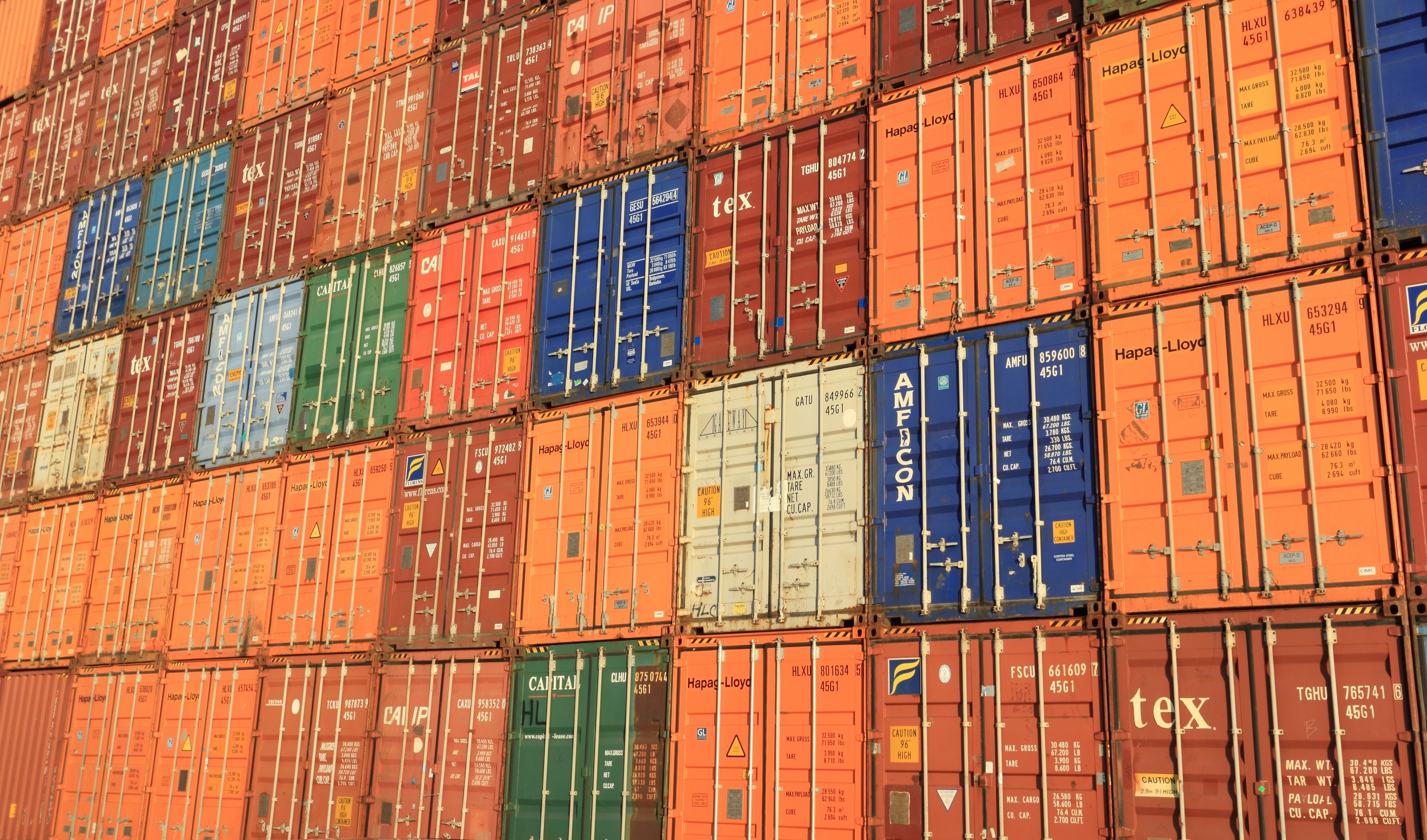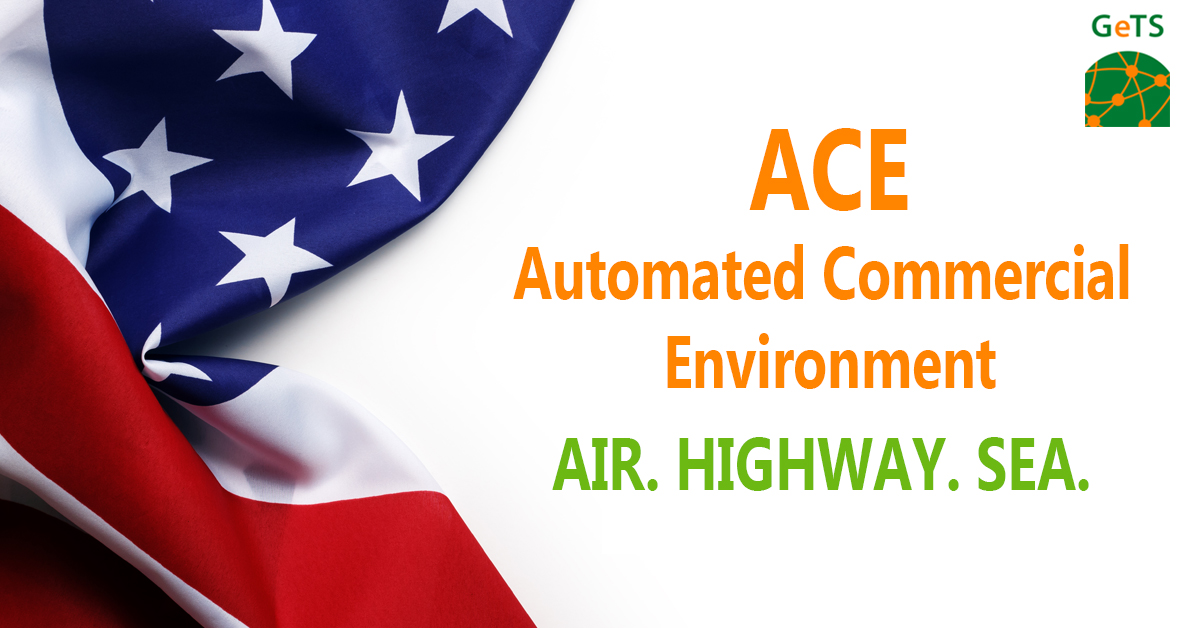Job Scam Alert:
This is to notify you that we have been alerted of job scams misusing the name of Global eTrade Services (GeTS). We would like to emphasize that there is no active, ongoing recruitment under the brand name of GeTS as we now operate under our parent company, CrimsonLogic. Please read the full disclaimer here.
- 21 Nov 2016
- USA
- USA
- ACE eManifest
- US eManifest
- USA eManifest
- Automated Commercial Environment
- Section 321
The U.S. Customs and Border Protection’s ACE eManifest initiative is in full swing, requiring carriers, freight forwarders, brokers, and self-filing importers to submit cargo and conveyance data electronically before the shipment arrives at the border. For rapid clearance processing and compliance, filers must understand the eManifest requirements for different shipment types.
What is a Section 321 ACE Shipment?
Section 321 is a type of informal entry that facilitates the clearance of low value shipments at $800 or less. It does not require Customs bond and it is applicable to both non-resale personal and commercial imports, except for certain regulated/quota-class goods:
- Goods requiring inspection before release, regardless of value
- Goods subject to Anti-Dumping / Countervailing duty (ADD/CVD)
- Quota-class merchandise
- Goods regulated by the following Partner Government Agencies (PGAs): Food and Drug Administration (FDA), Food Safety Inspection Service (FSIS), National Highway Transport and Safety Administration (NHTSA), Consumer Product Safety Commission (CPSA), and United States Department of Agriculture (USDA)

Beginning July 2017, the FDA has provided exemptions for this restriction for biological samples for laboratory testing, dinnerware, cosmetics, radiation-emitting non-medical devices, and food (excluding ackees, puffer fish, raw clams, raw oysters, raw mussels, and food packed in airtight containers stored at room temperature).
Section 321 eManifest Minimum Value and Daily Transaction Allowed
On 24 February 2016, the minimum value of Section 321 has been increased from $200 to $800. This facilitates clearance processing and makes cross-border trade more affordable. It also reduces the amount of paperwork for low-value shipments into U.S.
On 10 March 2016, a restriction is passed to limit the duty-free release for Section 321 imports (retail value not exceeding $800) to one per day for every eligible importer, individual or company.
Compliance and Best Practices
To avoid delayed shipments and heavy penalties, importers should follow best practices when declaring low-value goods under Section 321.
-
Importers with a large amount of Section 321 shipments cannot consolidate the goods into one shipment if the total value exceeds $800.
-
Each shipment must be manifested separately on the eManifest with unique shipment control numbers (SNC).
-
Shipments must have consignee names and addresses; courier service or postal office addresses are not allowed.
-
The U.S. Customs and Border Protection (CBP) or any agency that regulates specific goods/commodities can request for shipments to be examined and formal entries made regardless of value.
Section 321 eManifest Filing
Section 321 shipments are NOT required to be manifested if the truck entering the U.S. is solely transporting Section 321 merchandise. If there is a combination of different shipment types, all shipments must be manifested. To report a Section 321 shipment, the carrier must use the shipment type “Section 321” and include the information on their ACE eManifest.
A Section 321 shipment is different from a PAPS shipment, but the carrier must still provide a unique Shipment Control Number (SCN) and other information needed for ACE shipments. These include
shipper and consignee data, commodity description, merchandise value, and country of origin. As Section 321 shipment is an informal entry type, the carrier will not receive an entry number for the shipment. The driver must show the paperwork for Section 321 shipment to the Customs officer at the border when requested.
Section 321 Importer Self Filing
Importers may choose to file informal entries without using Customs brokers. Once the carriers notify the importers of the shipment’s arrival date, they must personally inform the entry port’s Customs office that they will file an informal entry to process and pick up the merchandise. The importers will need invoices, bills of sale and valid identification if they want to claim the goods personally at the port.
If the merchandise is arriving at a faraway port, and the importers have yet to arrange for freight forwarding or courier service, they can authorize another person to clear the goods on their behalf by writing a letter to the CBP Port Director. The letter must include details about the shipment, showing that they are the rightful owners of the merchandise.
Shipments that are not picked up within 15 days of arrival will be sent to a warehouse and the recipient will be responsible for the storage fees. Goods unclaimed after six months in the warehouse may be sold at auctions.
Section 321 ACE Filing Solutions: Global eTrade Services
All electronic filings must be sent to CBP via ACE, using the ACE Secure Data Portal (truck import eManifests only) or a third party solution.
ACE Portal
- Free to use
- Repetitive manual data entry
- Suits low volume users
CBP-approved Service Provider
- Paid services for greater customization and integration options
- Minimise data re-entry as users’ past and present shipment details are stored to enable data reuse in the future
- Suits high volume users
Global eTrade Services (GeTS), a subsidiary of CrimsonLogic, is a CBP-approved logistics provider with decades of experience in global trade facilitation. GeTS offers a wide range of solutions to help trade participants improve compliance and reduce costs. Its Software-as-a-Service (SaaS) model includes ACE eManifest applications for highway, sea and air modes of transport. To minimise data re-entry, all users’ past and present shipment details are stored in the GeTS portal to enable data reuse in the future.
Other benefits of using the GeTS ACE eManifest application are:
-
No software installation
-
Low IT investment cost based on subscription model, with various price plans
-
Carefully thought through User Interface for easy work flow
-
Template features to minimize re-keying of repetitive data
-
Unlimited database storage of items and trade related data to facilitate automatic data population
-
Advanced integration with existing in-house systems to reduce data entry errors through data reuse
-
Multiple connectivity options supported
-
Cost-effective direct connection to CBP enables fast eManifests processing
-
Report generation
-
24x7 customer support via phone, email and Live webchat
-
Real-time notification alerts for all eManifest responses via email and SMS
-
Real-time shipment status tracking via GeTS android mobile app
-
FAX2US (we file on your behalf) processing service available 24x7, including public holidays
For more information on, please visit ACE Highway eManifest. Visit our Section 321 page to sign up for exclusive offers. Or send us a message through the online form on the Contact Us page.
Related Pages:
ACE (Automated Commercial Environment)
Benefits that Enterprises Gain from Automated Commercial Environment US
What is SW - Single Window US?
Benefits of Using USA Single Window
Truck Section 321 eManifest Requirements from U.S. CBP
